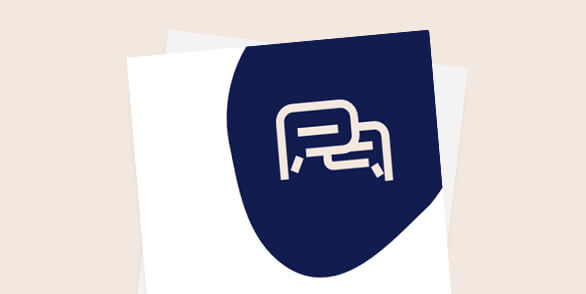
So your job description has pulled in an imposing stack of CVs. How do you whittle them down to the best candidates to interview? Sounds daunting, but with the right preparation things will go smoothly, and pave the way for future hiring processes too. In this article, you'll learn how to do the necessary preparations in order to find the right candidates to interview.
First, do your homework
In the pre-interview stage, make sure you have a complete understanding of the role you’re advertising for. Check the job description and, if possible, speak to the person who currently holds that job position, in order to ensure that every nuance of the duties involved has been reflected. Make sure you understand why the salary has been set at a particular level. This will help you pare down the pool of potential candidates.
Next, decide the best location to find candidates. This may be via an internal recruiter, recruitment agency, job boards, web sites such as LinkedIn, networking events, career fairs, employee referrals and industry-specific listings. Use the job description as a guide when you write the ad for the role. Highlight the key duties, describe your company culture and let potential applicants know what they need to do to apply, for example, whether they should write a cover letter or submit a portfolio.
Now, get to work
As CVs come in, consider using blind hiring techniques that remove details like race, nationality, gender and age, so you can make clearer decisions without unconscious bias creeping in. This way, you won’t overlook a potentially perfect candidate.
Refer back to the job description again to screen the CVs for knowledge, skills and abilities that match your requirements. Tip: don't just look at job titles, which can be deceiving, instead read the descriptions. For example, a ‘vice president’ at one business can preside over zero personnel while a ‘director’ at another business can be responsible for a dozen. The meat of what you want to know is in the description.
Details to look for in CVs
- A solid work history that shows commitment and relevance — bear in mind though that economic or personal circumstances can leave gaps in a CV due to layoffs, difficulty finding work, or illness
- Transferable skills that make up for lack of experience in your key areas – for example, a cashier's skills could transfer easily into teller skills
- Accomplishments — these don't have to be limited within the scope of employment; personal achievements can show drive and pride in doing something well
- Hints that the candidates would fit into your company culture – for example, if your culture is heavy on giving back, then maybe candidates with volunteer activities have greater potential
Finally, get it down to only a few choices
Now you should have your candidates sorted into a smaller pile of potential interviewees. Next you need to get it down further, in order to avoid wasting everyone’s time. Three people to interview is a good number, but what if you are faced with six basically equal CVs? Decide by using an objective, not subjective, principle such as the three candidates out of the six who applied first. So now you have your final three candidates – find out how to interview them well in the ADP Hiring 101: Guide book for small businesses.
Putting the work in will reward your business with not only higher-quality candidates but also with time saved on finding the right people. Then you and your successful candidate can get on with the job and focus on other challenges.
Adapted from an article written by Diane Faulkner ACC SPHR that originally appeared on adp.com. Updated February 2020.


